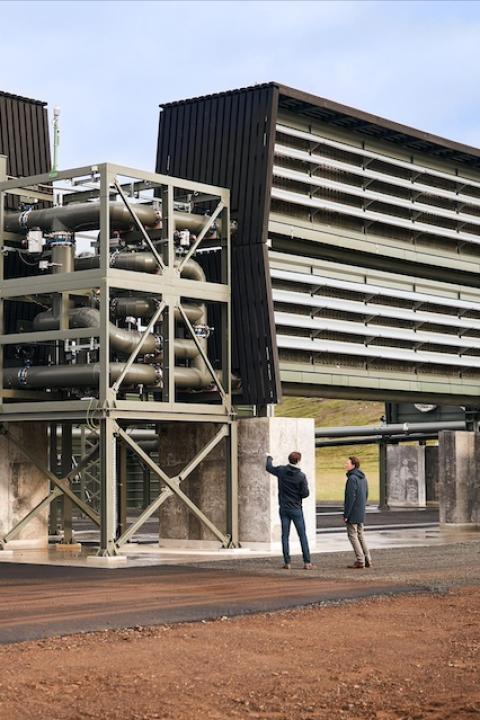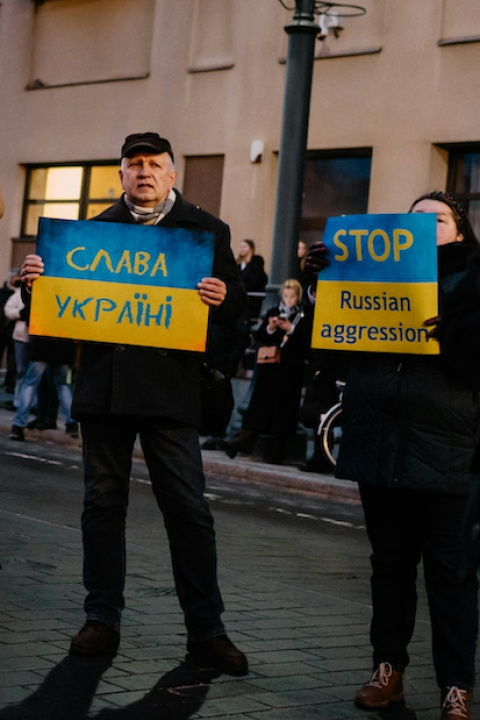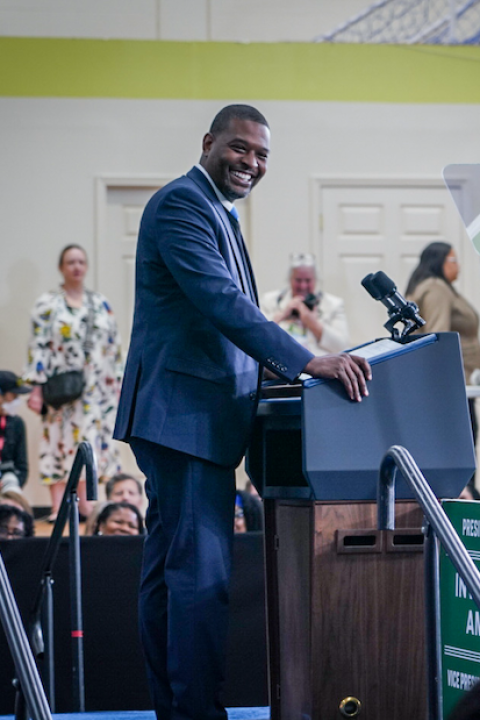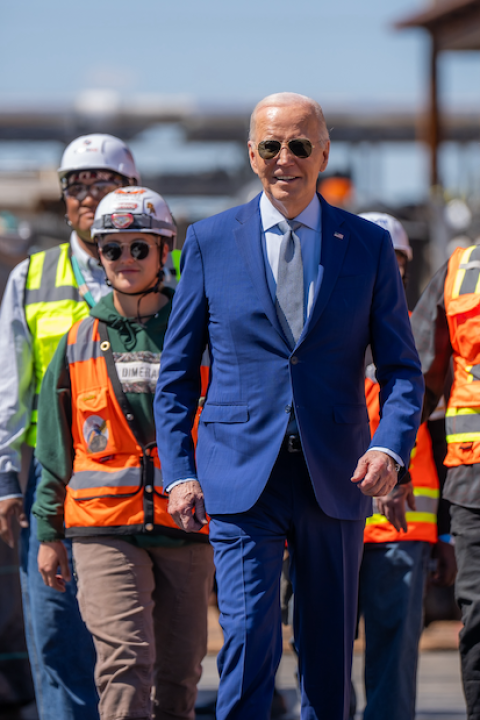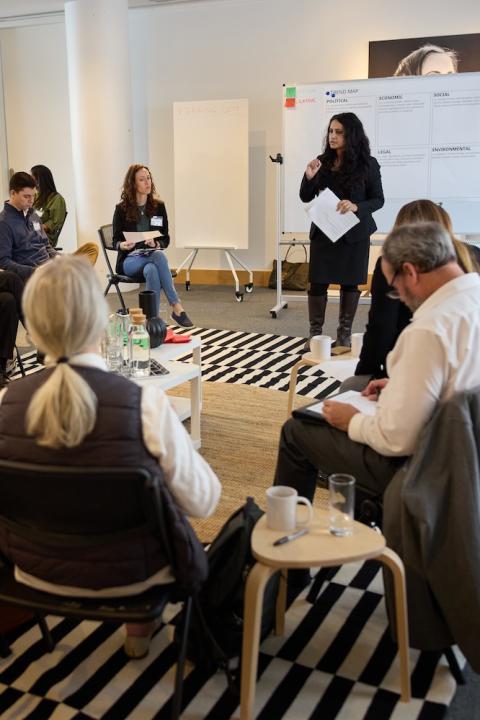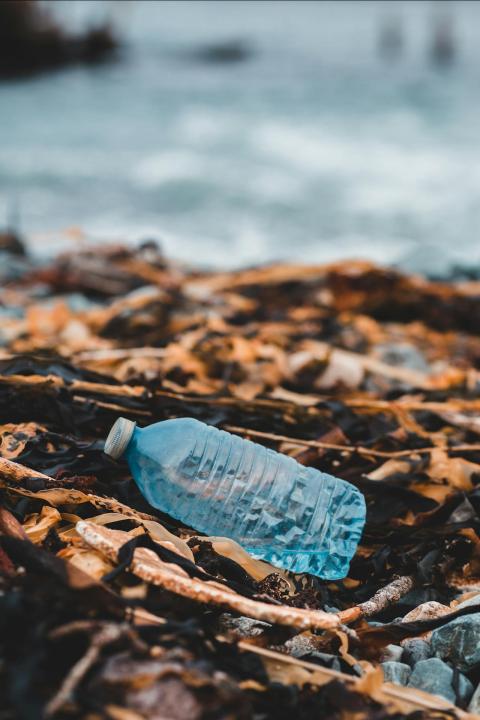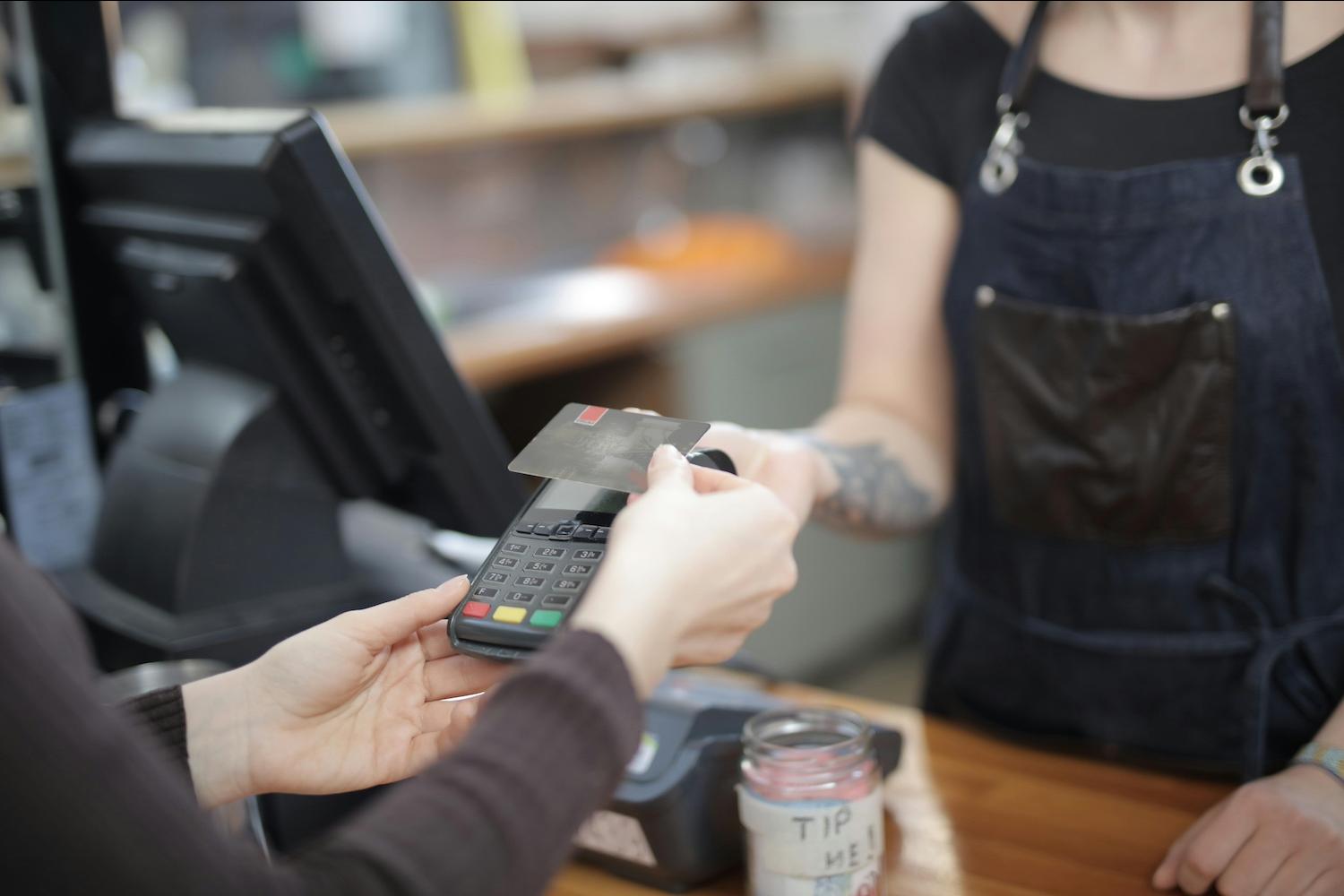
(Image: Andrea Piacquadio/Pexels)
The less we buy, the less we waste. That concept sounds great in theory, but how realistic is it? A popular social media challenge could reveal the answer. The “no-buy month” — also dubbed the “no-spend challenge” or “no-spend month” — gained traction over the past few years as participants seek to rein in their spending and, more recently, their environmental impact. While the experiment makes a fitting New Year’s resolution and often coincides with January, it can be implemented any time.
How I fell into my first no-buy month
My first no-buy month was May 2023, though I didn’t know there was a name for what I was doing at the time. I had just relocated to Baja California Sur, Mexico, and was staying in temporary housing while I searched for a long-term rental. It was only logical not to buy anything since it would have to be packed up and moved soon anyway.
Admittedly, my consumption of takeout food was a little excessive during the COVID-19 pandemic, but that habit was easy enough to break once I moved to Mexico. Aside from one order of rotisserie chicken, I cooked all of my meals from May until August and still do most of the time. Doing so allowed me to eliminate nearly all food waste and save a ton of money.
With zero other funds spent on any other non-necessities in May 2023, the chicken and a few adult beverages from the grocery store were the only exceptions to my first no-buy month. And the home I moved into in June came fully furnished, so it was easy enough to continue along the same path even after the month was over.
In truth, it wasn’t much of a challenge or departure from the already minimalistic lifestyle I adopted while backpacking Central America in 2017. Even after I returned to the U.S. and settled back down, I liked how not having “stuff” eliminated clutter and made it easier to keep my place sparkling clean. So, I was already accustomed to not buying much outside of books and new shoes when the old ones wore out. At one point, a friend started gifting me her used clothes, which made it easy to give up those purchases, as well.
The basic tenets of a no-buy month
While my already minimalist lifestyle no doubt made the switch to no-buy remarkably easy, you don’t need to have that sort of previous experience to succeed at it. Even if you love to shop, have a daily coffee shop habit, and revel in dining out, it’s totally possible to give up unnecessary purchases for 30 days. There’s a good chance you’ll be amazed by the difference buying less can make, and you just might want to continue a similar practice after the month is over.
There are no set rules to a no-buy month. It can be as strict or as lenient as the challenger feels comfortable with. The point isn’t to deprive ourselves of necessities, but rather to experience how easy it can be to use fewer resources, create less waste, and save some cash in the process. In essence, it’s an easy way to pause our participation in consumer culture and, in my case, accumulate less stuff that I would have to cram into my vehicle.
Of course, the regular rent or mortgage still has to be paid during the challenge, as do utilities, insurance, car payments, credit cards and other recurring bills. We all still have to eat — though this is a great time to use up as much of our existing groceries as possible and forego restaurant meals, takeout and coffee shops. And any of the usual cleaning or hygiene products that run out during the month will have to be replaced. There will still be gas to buy, parking to pay for, or bus passes to purchase, but if there’s an opportunity to walk, bike, or switch from driving to public transit, this is the perfect time to give it a try.
There are plenty of gray areas in a no-buy month that we all have to decide for ourselves. You’ll probably still want to buy a gift for a close friend or family member’s birthday, for example. There are also events to attend and entertainment to be had. Again, it’s not about deprivation but eliminating unnecessary indulgences is key. You can still go out on dates or attend fancy events, just wear something that’s already in your closet instead of buying a whole new outfit.
Would I do a no-buy month again?
This question probably sounds like a no-brainer — and it is. I’ve basically adhered to the same tenets since my no-buy month last May. I did have to buy new hiking boots after my old ones wore out and new running shoes after my only pair was forgotten outside during a hurricane. While I was at it, I splurged on a pair of canvas shoes that I didn’t really need. I also purchased a shawl and a blanket that were arguably not necessities. I’ve gone out for coffee once and gotten takeout a few more times. I do go out to eat every once in a while, and much more than usual while a friend was visiting recently. I will have to buy a few new clothing items soon, but for now, I’m making what I have work. Birthdays and holidays also bring exceptions, as I’ve ordered presents for loved ones (though I did considerably more cash gifts this past year).
I don’t say all of that to brag. Rather, to make the point that once you get into the habit of avoiding unnecessary purchases, it’s easier to maintain the same expectations long term.
It is important not to set the bar too high at first. If you feel like you’re missing out, the whole thing can backfire, and you could end up trying to make up for it with excessive spending later. That’s why I don’t count the times when I couldn’t afford to make any unnecessary purchases as no-buy months. They were inevitably followed up by splurges once I got back on my feet, and I didn’t exactly learn anything from those experiences.
The no-buy month has become as much of a lifestyle for me as minimalism was previously. And I wouldn’t want it any other way — not only for sustainability’s sake, but also because it’s pretty much impossible to live my traveling lifestyle when I’ve got a bunch of stuff weighing me down.

Riya Anne Polcastro is an author, photographer and adventurer based out of the Pacific Northwest. She enjoys writing just about anything, from gritty fiction to business and environmental issues. She is especially interested in how sustainability can be harnessed to encourage economic and environmental equity between the Global South and North. One day she hopes to travel the world with nothing but a backpack and her trusty laptop.



